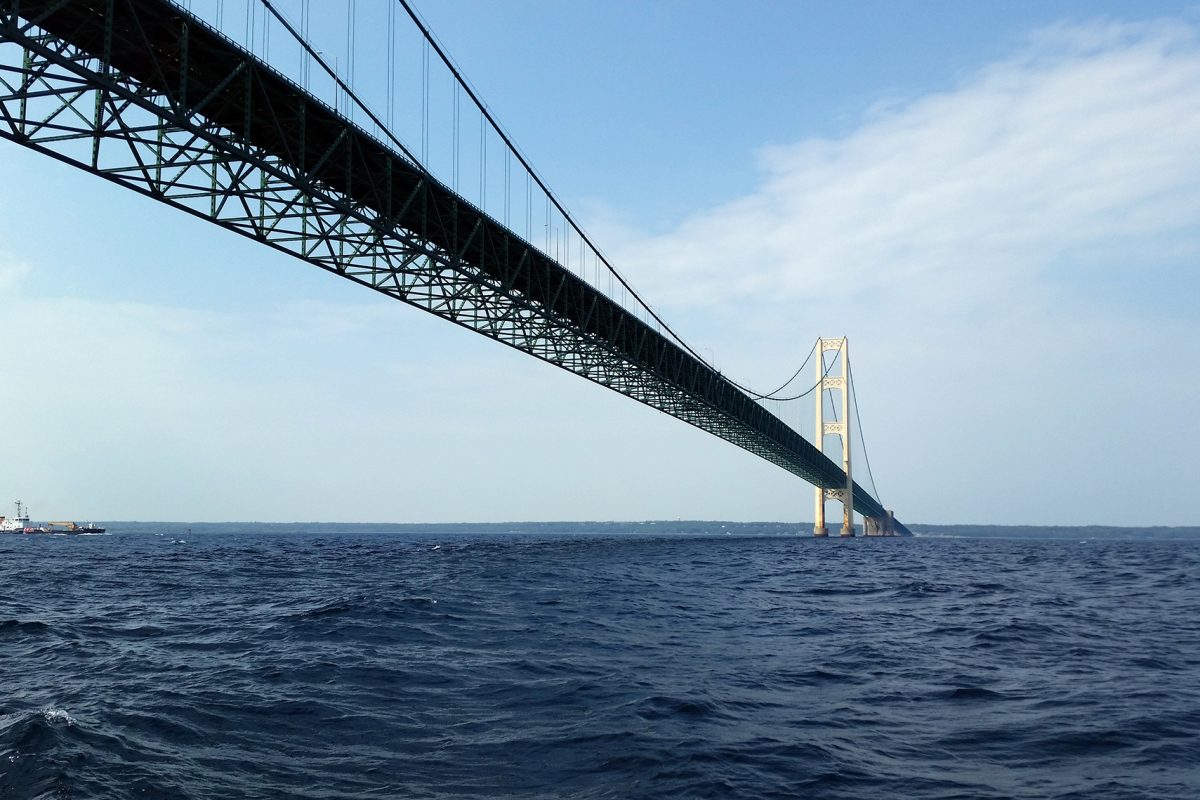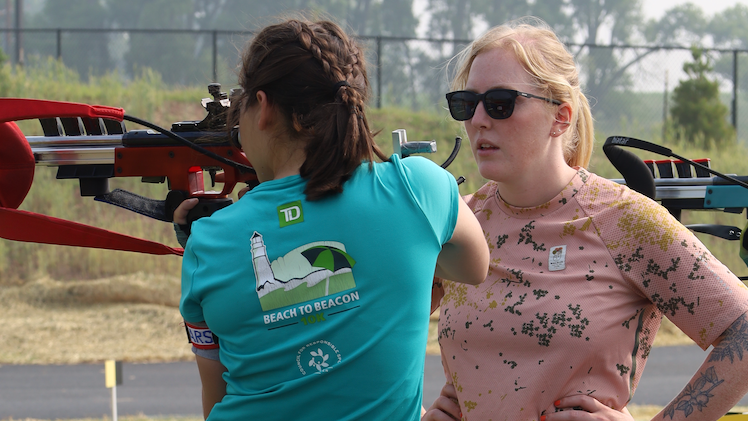
Last year, the U.S. Biathlon Association (USBA) took eight men to Europe for a summer training camp, leaving the women’s team to train by themselves in Lake Placid.
Since then, a dedicated women’s coach (Jonne Kahkonen) has been hired, so the women are in some ways more than ever their own team. But this summer three of them were invited to the camp in Germany and are training alongside the men.
“For us, it’s definitely a step that means that [USBA] believes in us,” national team member Sara Studebaker told FasterSkier in an interview. “It’s just showing us that they think we can do as well as the guys. We’re not quite there yet as far as those top results, but we’re on our way, and we definitely deserve the chance to have the same training advantages.”
Studebaker and Annelies Cook were the only women on the trip for the first two weeks; Laura Spector was finishing her last term at Dartmouth College and couldn’t fly to Germany until she was done with exams. For the men’s team, Lowell Bailey, Tim Burke, Leif Nordgren, and Jay Hakkinen are in attendance, all of whom participated in last year’s European camp.
Studebaker said that with such a small group, many workouts overlapped for the men and women, who became more of a cohesive group than they usually are in the summer.
The camp began in Ruhpolding, the site of the upcoming 2012 World Championships. Because many teams want to get more experience on the race trails there, it’s been an especially popular location for national teams this summer, with the Slovenians, Estonians, Italians, and Russians among the many teams joining the Germans on the range.
“For the moment it’s a lot of teams here,” said head coach Per Nilsson.

While it’s definitely a different training experience than the biathletes can find in the U.S., Nilsson said that the Americans weren’t distracted by their new surroundings.
“It’s really good to see our athletes working with a good focus on daily basis. Of course we coaches check the other teams to see what they look like, and for sure that the athletes do the same, but now we are in the normal training rhythm.”
The team took advantage of having company and participated in a five-team time trial at the end of their second week. In the men’s race in particular, the U.S. shone, with Bailey and Burke finishing first and second ahead of two German athletes. Nordgren finished fifth, edging Slovenian Olympic medalist Jakov Fak by twelve seconds. Hakkinen finished fifteenth.
“We all skied pretty fast, and shot pretty good, all in all, a pretty good day of the biathlon!” Nordgren wrote on his blog.
In the women’s race, Slovenian star Teja Gregorin picked up the win, followed by Michela Ponza of Italy and seven-time World Champion Andrea Henkl of Germany. Studebaker finished fourth and Cook eleventh.
“We are really happy with the performances from our athletes,” Nilsson said. “Things that we have worked on in ski technique and shooting technique worked out pretty well, and the fact that the result was good doesn’t hurt either.”
Nilsson said that like most of the other teams, the Americans have been doing combo training (rollerskiing and shooting) in the morning and a second endurance session in the afternoon. Running, biking, and hiking have all been on the schedule.
One afternoon, the team climbed the Rauschberg, a 4,700-foot mountain. Bailey wrote on his blog that after more than five hours of training on the day, they decided to take the tram down, which was free because they had hiked up. Another day, the biathletes did a biking and kayaking workout which took them into Austria.
It’s these activities, along with attending concerts, festivals, and dinners with local ski clubs, which had broken up the monotony of a heavy training schedule, which Nilsson said was a good thing.
Studebaker agreed.
“It’s been really fun,” she said. “I’ve never been over in Europe in the summer. Some of the guys have, but for us girls, it’s been nice to get to know the culture a little bit as well as train at the venue.”
Studebaker also said that she enjoyed having the chance to see her competitors outside of a race setting.
“It’s obviously a different atmosphere when you’re just training in the summer versus being on the World Cup in the winter,” Studebaker said. “It’s more relaxed and you get to talk to people a little bit more. We were staying at the same hotel as the Slovenians and the Estonians so you get to see them a little bit.”
But Studebaker thought that getting some facetime in Ruhpolding was good for more than just social reasons. The Americans’ presence in Europe reminded their competitors that can’t simply be forgotten when they return to North America at the end of the World Cup season.
“We had the time trial, and we did well – our guys did really well, and I had a good result,” Studebaker said. “It’s good to see that, you know, we’re here.
“I don’t want to say that we’re taking it more seriously, because we always took it seriously, but it’s kind of a different level,” she continued. “World Championships are here in Ruhpolding, so we’re taking advantage of the fact that we can come here and train, and I think that’s really important for other teams to see.”



